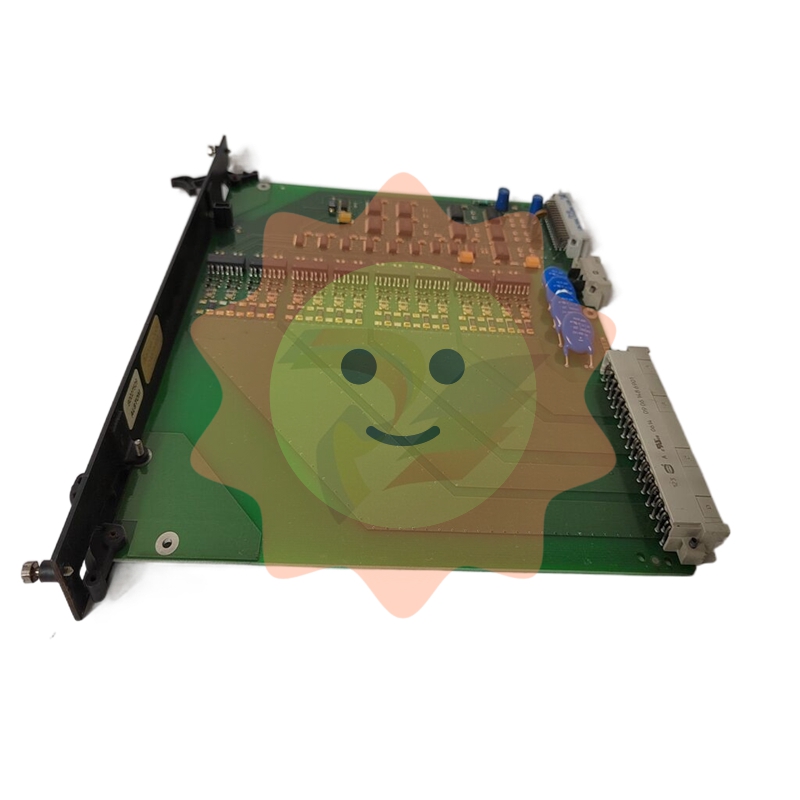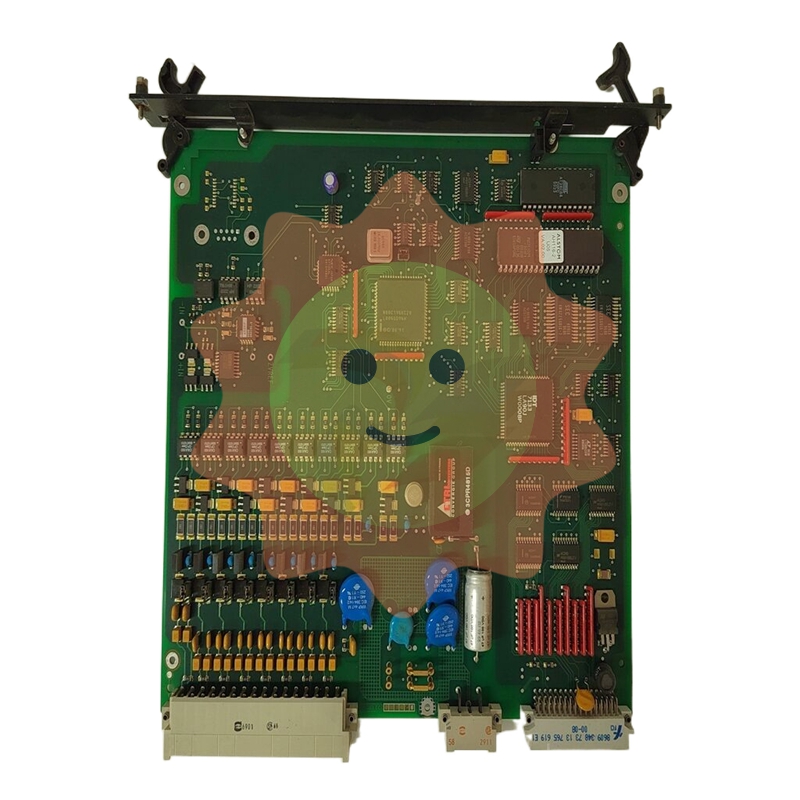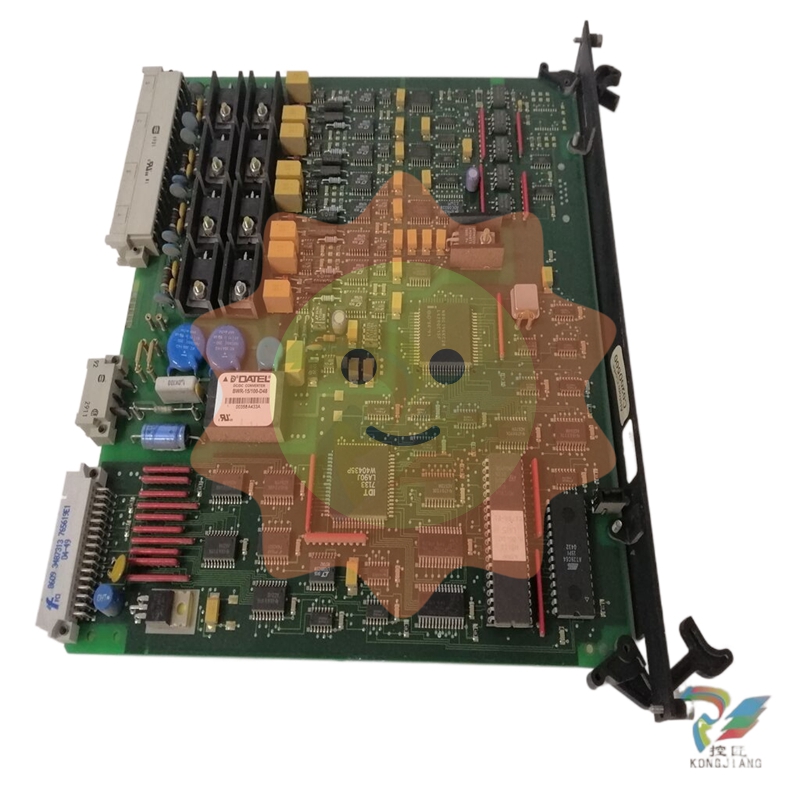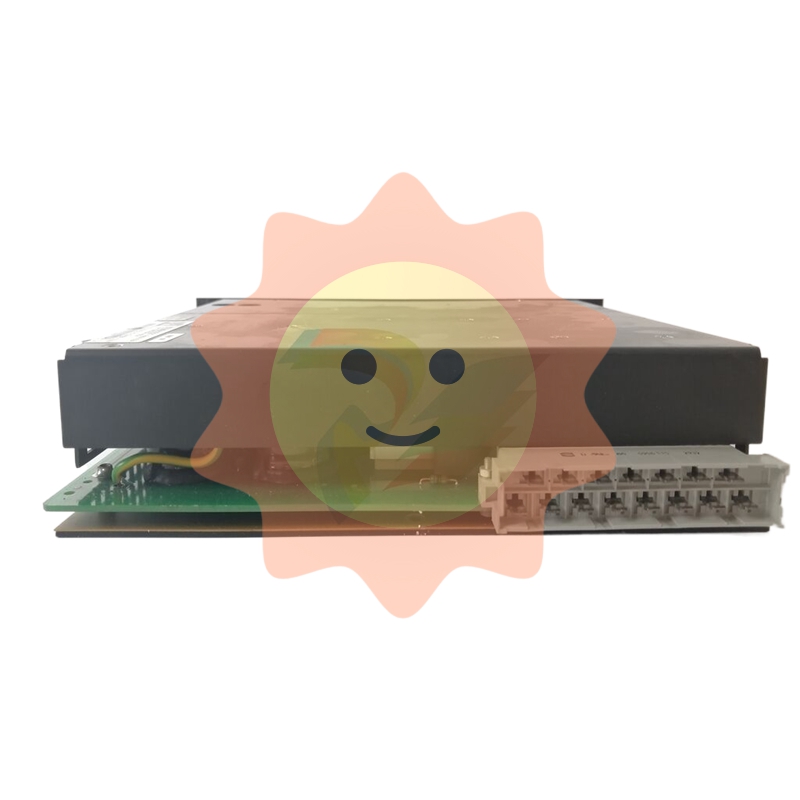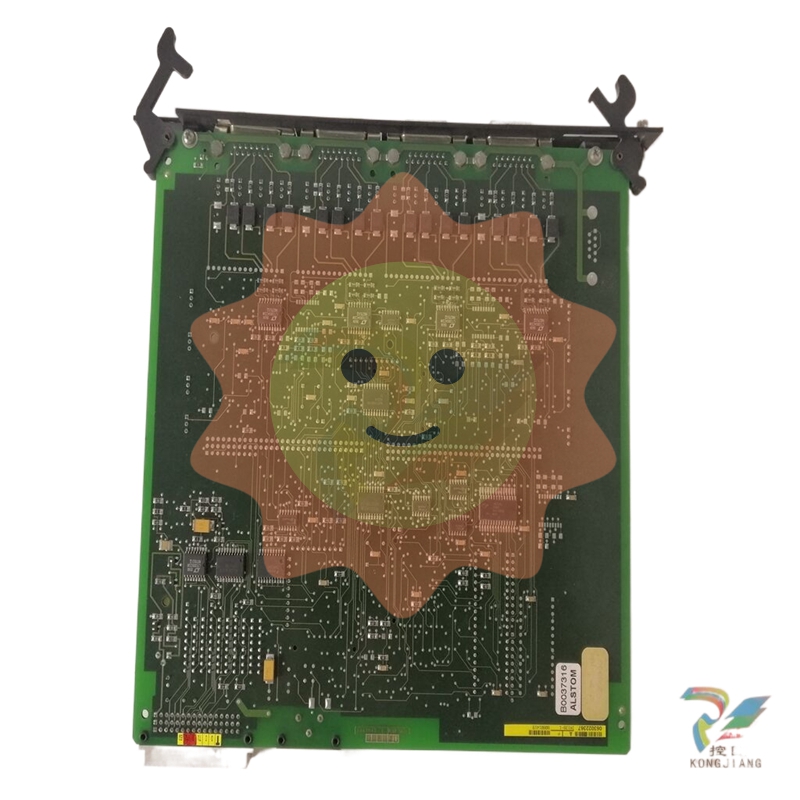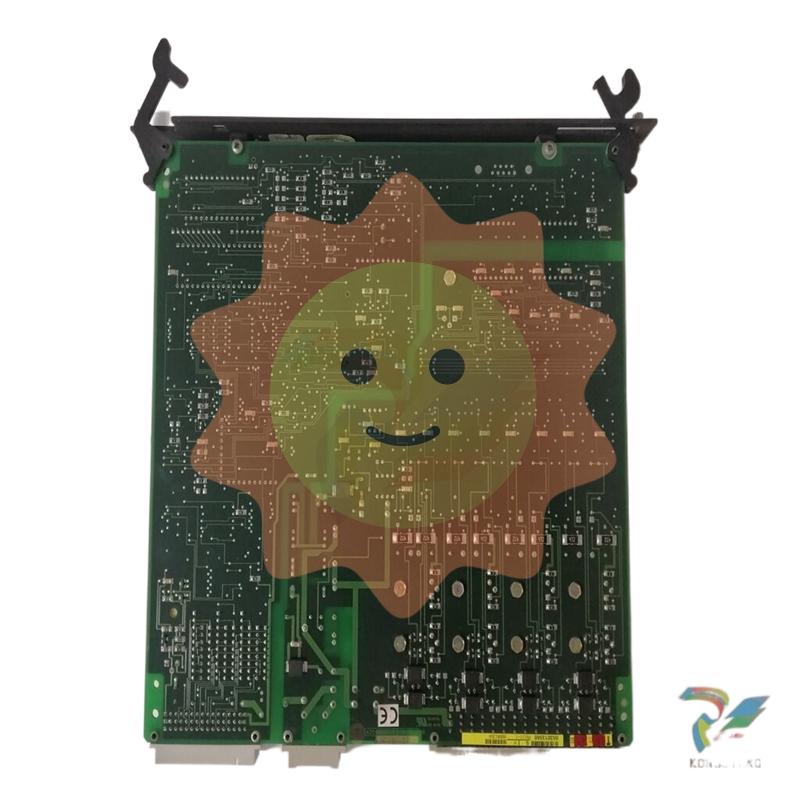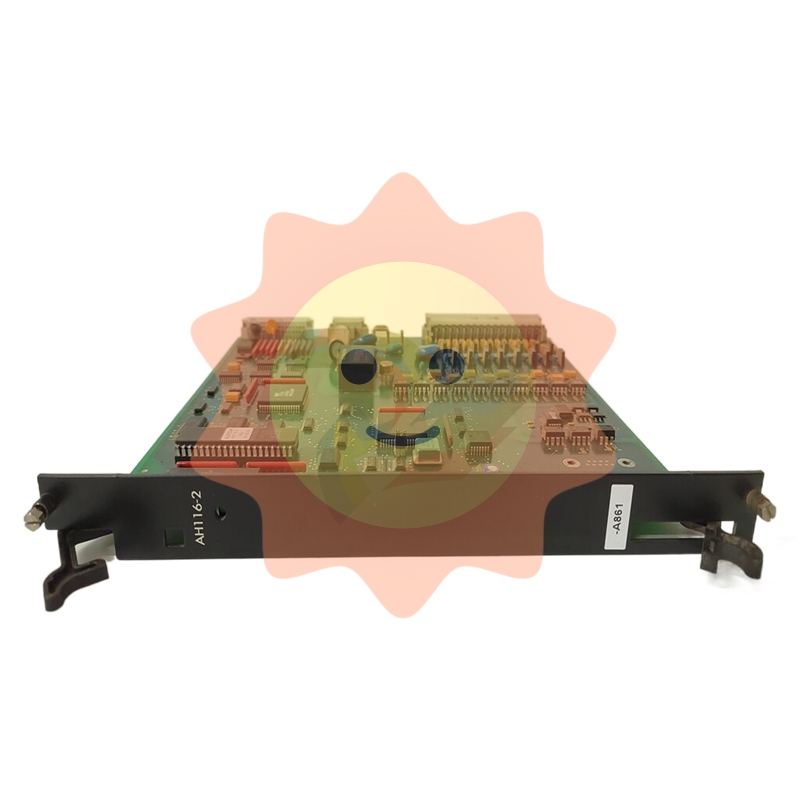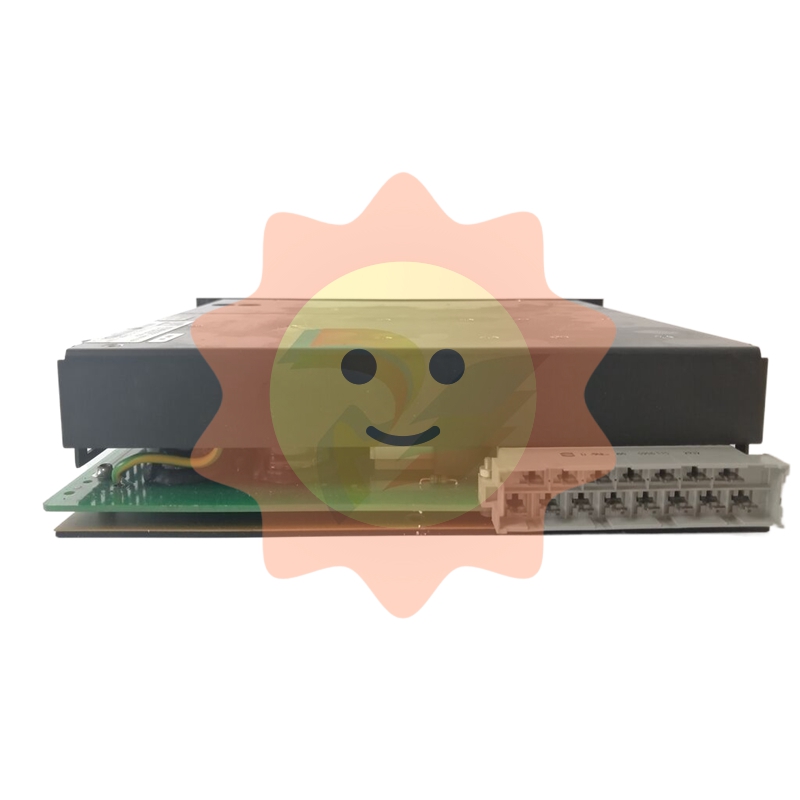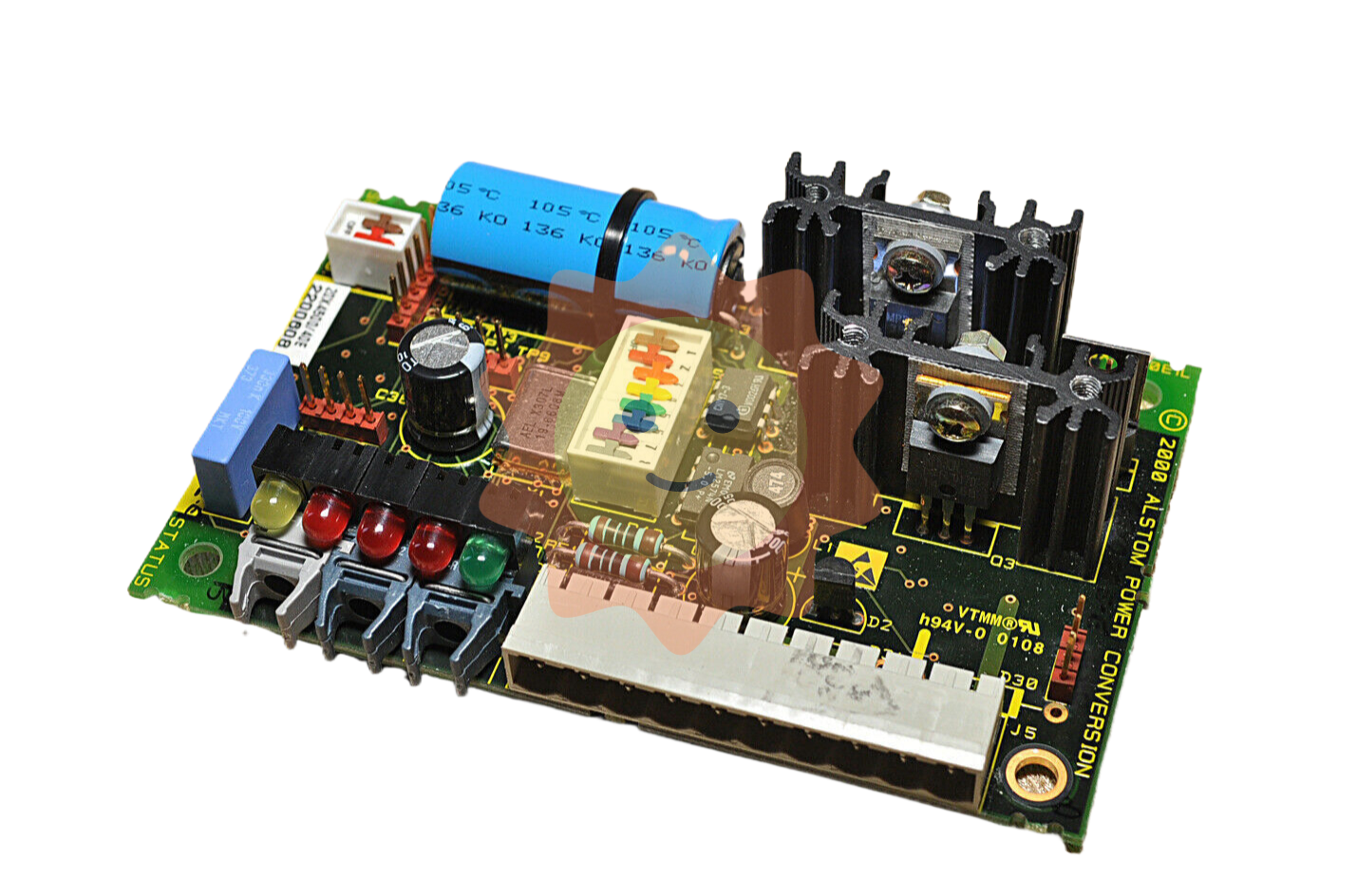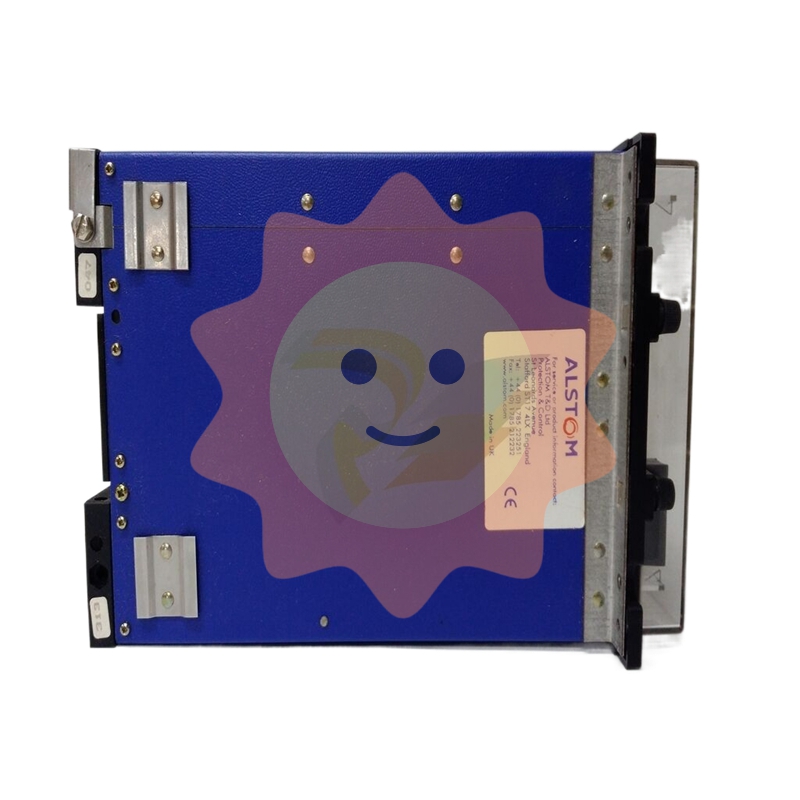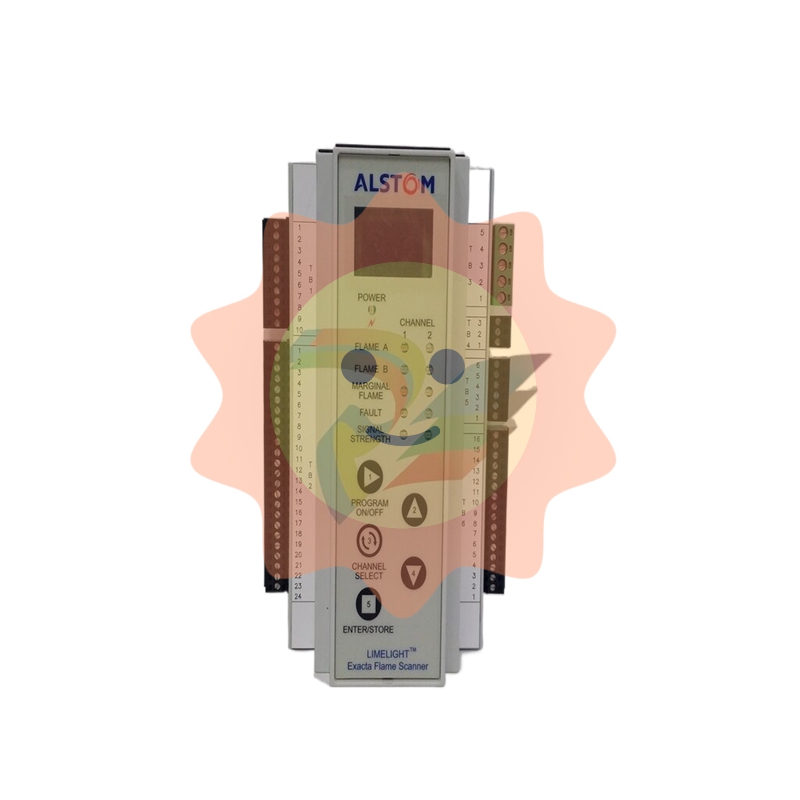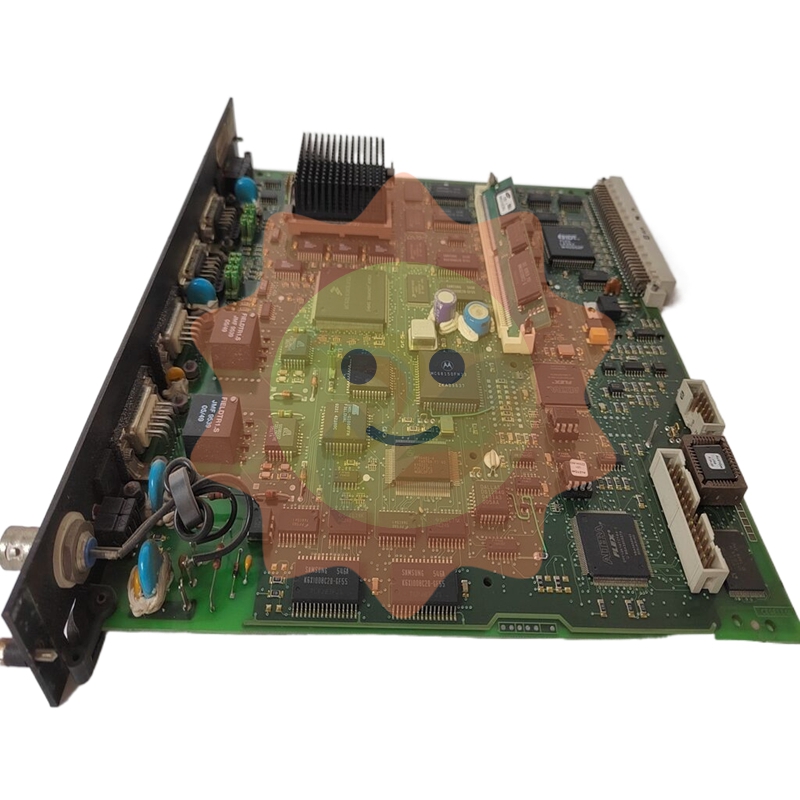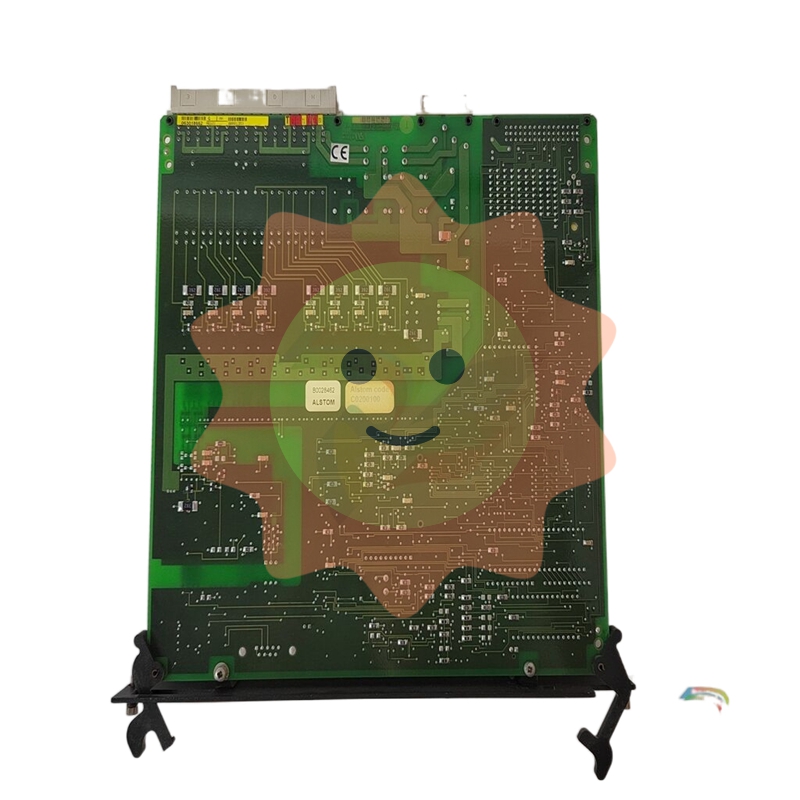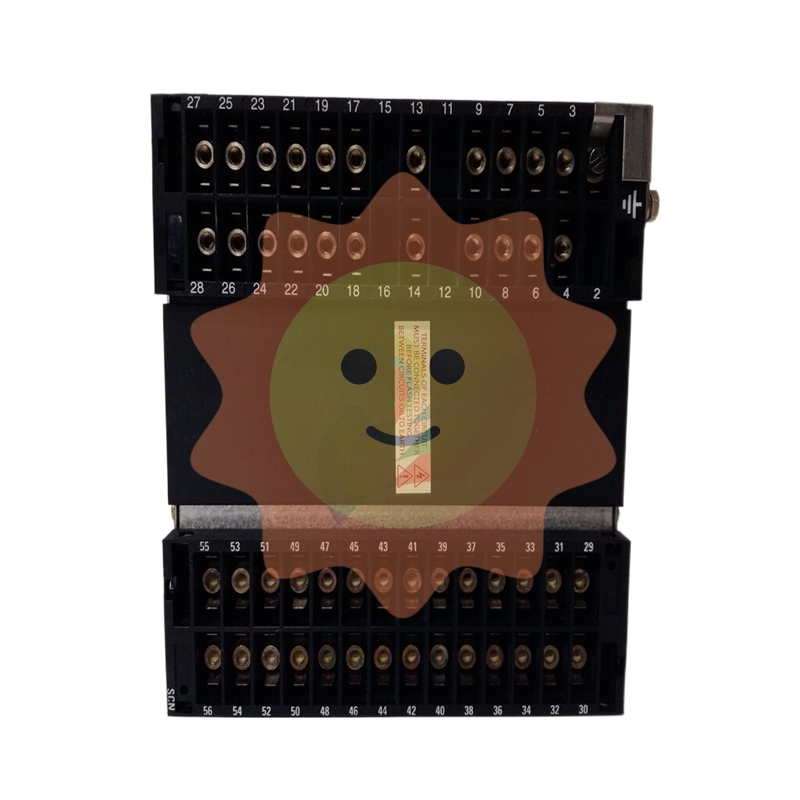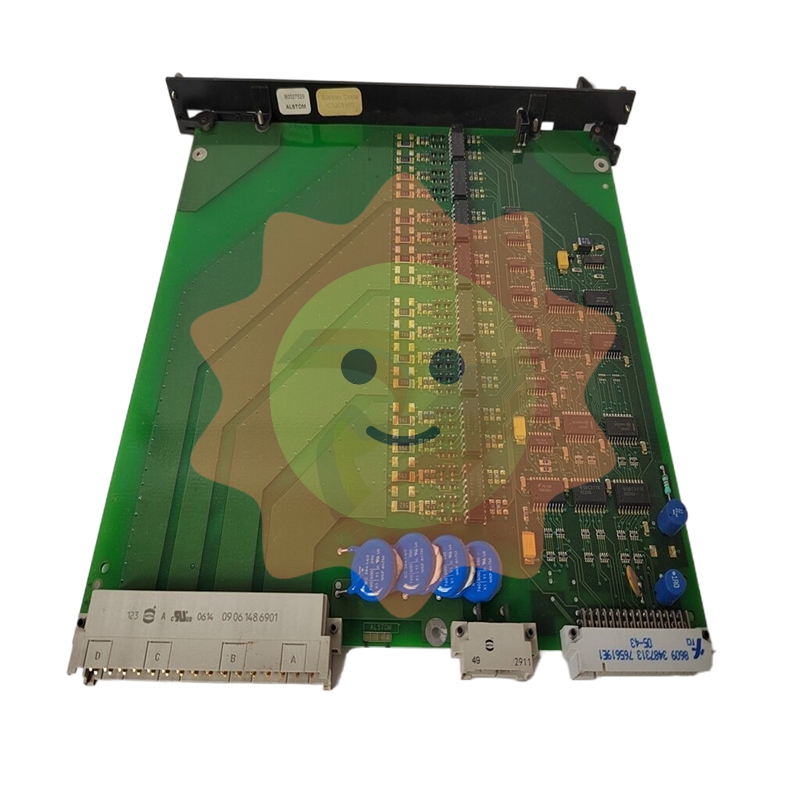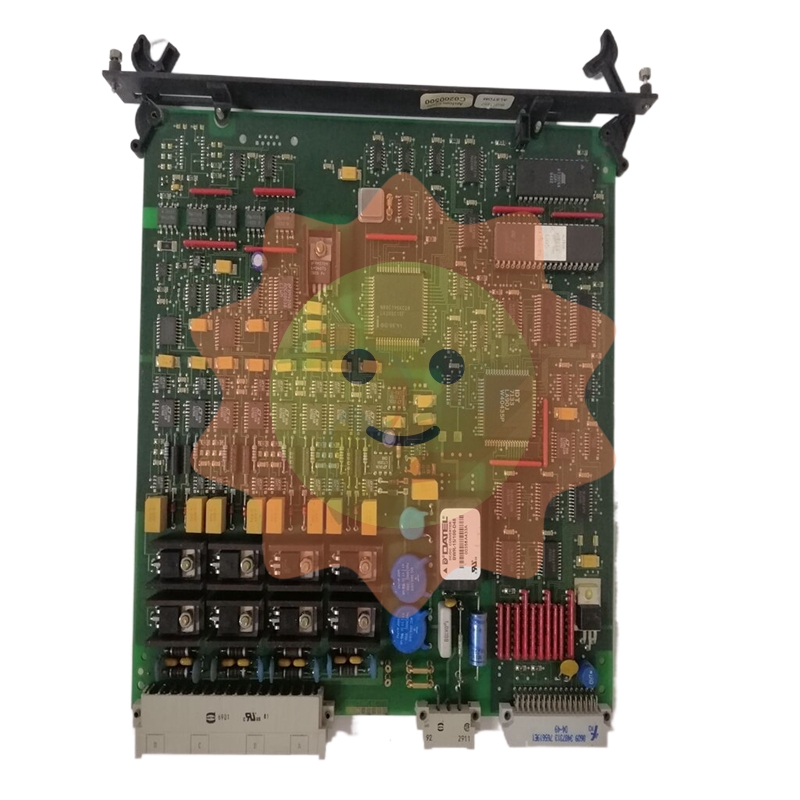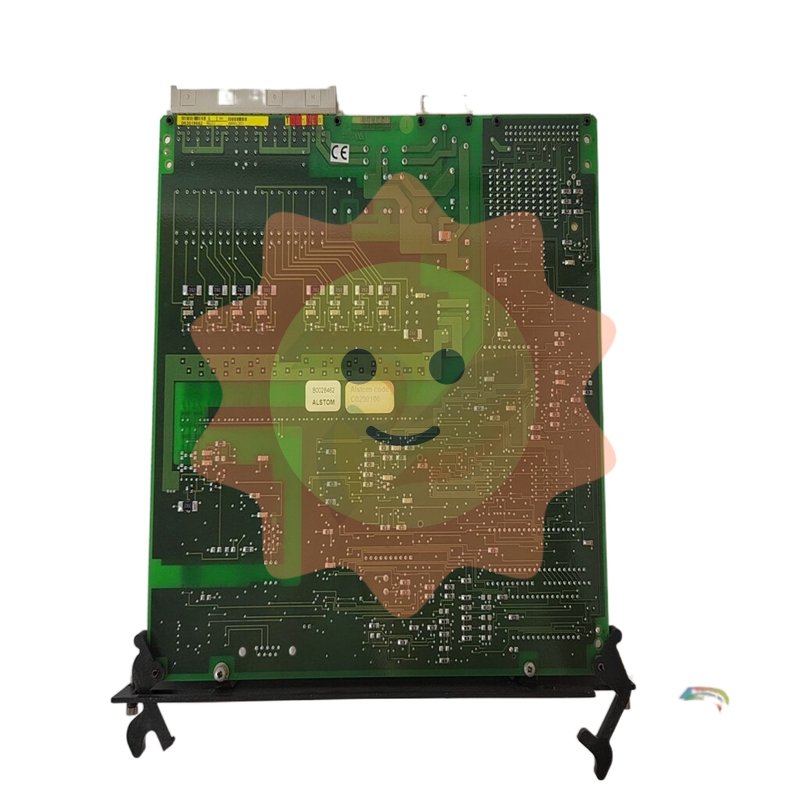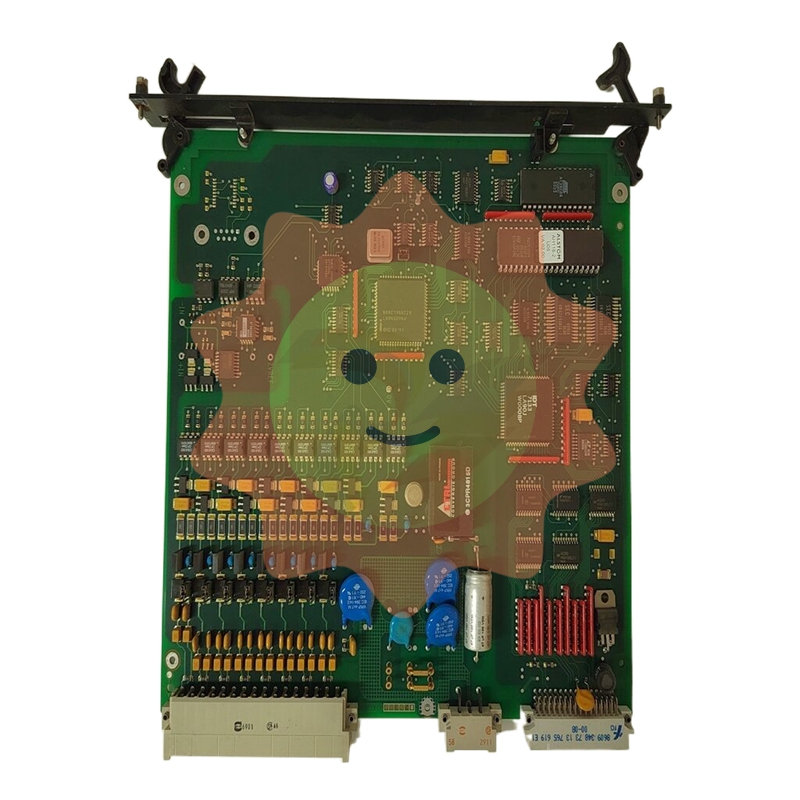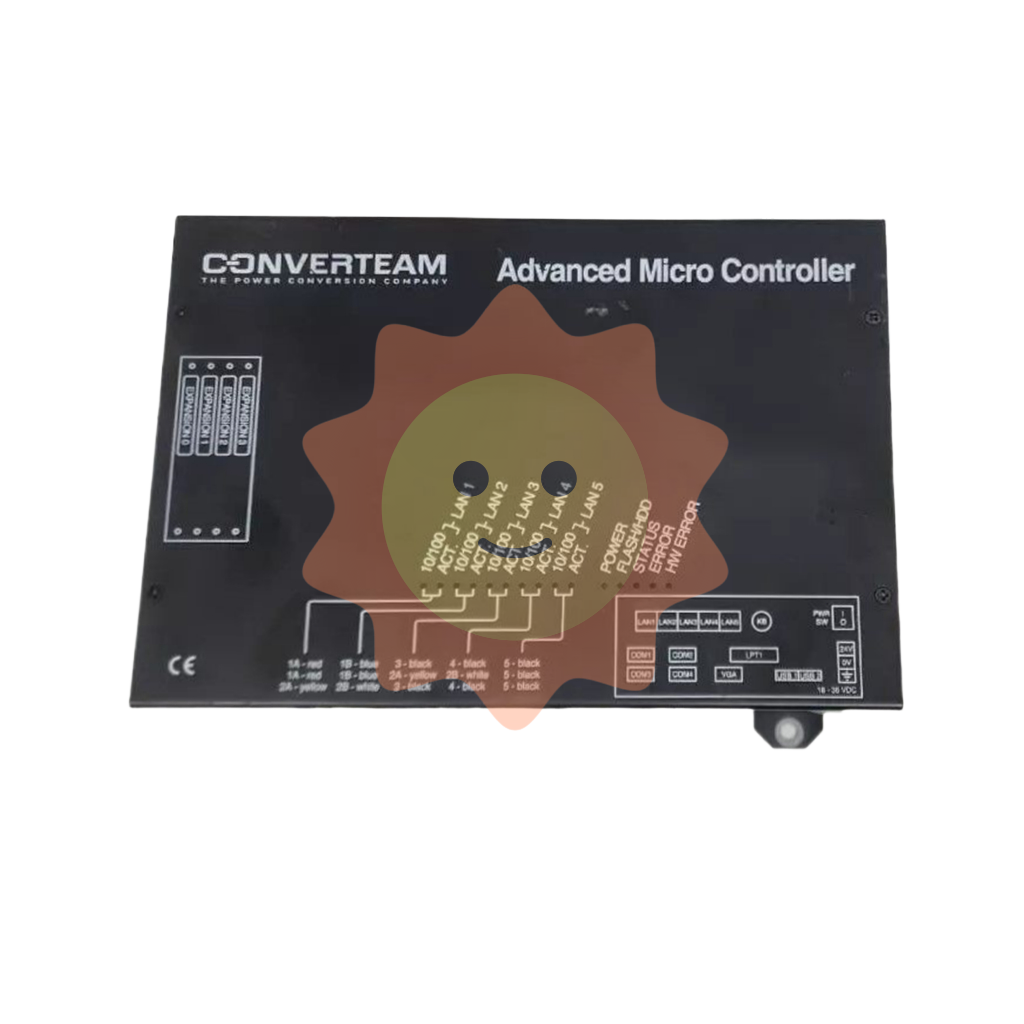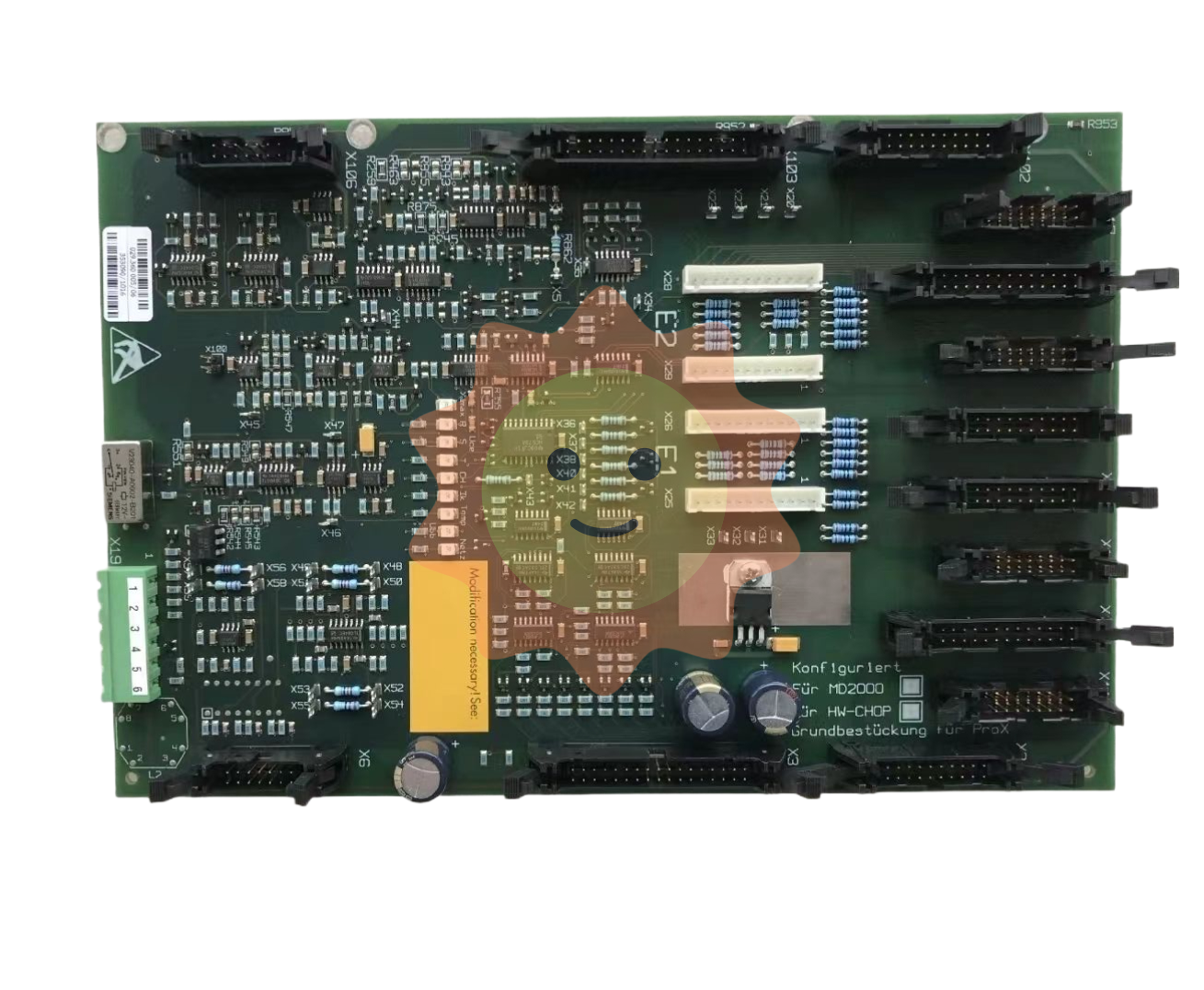What is the energy conversion in the process of power generation in thermal power plants?

Current technology
Nuclear reactors in operation today can be divided into two main categories according to the method of fission, and within each category, several sub-categories can be divided according to the means of controlling fission:
Nuclear fission reactors obtain nuclear energy through controlled nuclear fission, which is released from the nuclear fuel in the form of heat.
The current nuclear power plants are all nuclear fission reactors, which is also the main content of this paragraph. The output power of a nuclear fission reactor is adjustable. Nuclear fission reactors can also be classified by generation, such as first, second and third generation nuclear reactors. Today's standard nuclear reactors are pressurized water reactors (PWR).
The difference between fast and thermal nuclear reactors will be discussed later. In general, fast reactors produce less nuclear waste and have a much shorter half-life than other types of reactors, but they are difficult to build and expensive to operate. Fast neutron reactors can also be used as proliferative reactors, while thermal reactors generally cannot.
A. Pressurized water Nuclear Reactor (PWR)
Such reactors are cooled entirely by high-pressure water and slow down neutrons (even at extremely high temperatures). Most reactors in operation fall into this category. Although the reactor at Three Mile Island was of this type, it is generally considered the safest. This is a thermal nuclear reactor.
B. Boiling Water Reactor (BWR)
These reactors also use light water as a coolant and moderator, but the water pressure is slightly lower than the former type. Because of this, the water can boil inside the reactor, so the reactor is more efficient, simpler, and
B. Boiling Water Reactor (BWR)
These reactors also use light water as a coolant and moderator, but the water pressure is slightly lower than the former type. Because of this, water can boil inside the reactor, so the reactor is more thermal efficient, simpler, and potentially safer. The disadvantage is that boiling water raises the water pressure, so the radioactive water could suddenly leak out. Such reactors also account for a large proportion of the reactors currently in operation. This is a thermal nuclear reactor. The reactors at Taiwan's Nuclear power plants No. 1 and No. 2 are of this type.
C. Pressurized Heavy water nuclear Reactor (PHWR)
It's a Canadian-designed reactor, or CANDU, that uses high-pressure heavy water to cool and slow down. The nuclear fuel for such reactors is not contained in a single pressure chamber, but in hundreds of pressure tubes. This reactor uses natural uranium as nuclear fuel and is a thermal neutron nuclear reactor. This type of reactor allows the addition of nuclear fuel when the output power is turned on at maximum, so it can use nuclear fuel efficiently (because it can be controlled precisely). Most of the pressurized water reactors are located in Canada, with some sold to Argentina, China, India (not party to the Nuclear Non-Proliferation Treaty), Pakistan (not party to the Nuclear Non-Proliferation Treaty), Romania, and South Korea. India also operated a number of pressurized water nuclear reactors (commonly referred to as "CANDU variants") after its first nuclear test explosion.
D. Graphite light Water Nuclear Reactor (RBMK)

It's a Soviet design that produces plutonium as well as exporting electricity. The reactors are cooled by water and slowed by graphite. RBMK and DW have some aspects in common, that is, nuclear fuel can be replenished in operation, and both use pressure tubes. But unlike the pressurized water type, these reactors are unstable and too large to be housed in a building with an outer containment vessel, which is dangerous. The RBMK also had some significant safety flaws, although some of these were corrected after the Chernobyl accident. RBMK is generally considered to be one of the most dangerous nuclear reactor types. Chernobyl has four RBMK reactors.
E. Gas-cooled Reactors (GCR) and Advanced Gas-cooled Reactors (AGCR)
The reactor uses graphite as a moderator and carbon dioxide as a coolant. It operates at a higher temperature than a pressurized water reactor and is therefore more thermal efficient. A proportion of operating reactors fall into this category, most of them in the UK. Older nuclear power plants (i.e., Magnox-type) have been or will soon be closed. But advanced gas-cooled reactors will continue to operate for another 10 to 20 years. This is a thermal nuclear reactor. The cost of shutting down such plants is high because of the large reactor cores.
F. Liquid Metal Fast Breeder Nuclear Reactor (LMFBR)
Such reactors use liquid metal as a coolant rather than a moderator at all, and produce more nuclear fuel than they consume while generating electricity. Such reactors are close to pressurized water reactors in efficiency, and the operating pressure does not need to be too high, because the liquid metal does not need to be pressurized even at extremely high temperatures. The Superphoenix nuclear power plant in France and the Fermi-I nuclear power plant in the United States use such reactors. Japan's Monjusri nuclear power plant, which suffered a liquid sodium leak in 1995, is expected to restart operations in 2008. All three plants use liquid sodium. This is a fast neutron reactor rather than a thermal reactor. There are two types of liquid metal reactors:
- EMERSON
- Honeywell
- CTI
- Rolls-Royce
- General Electric
- Woodward
- Yaskawa
- xYCOM
- Motorola
- Siemens
- Rockwell
- ABB
- B&R
- HIMA
- Construction site
- electricity
- Automobile market
- PLC
- DCS
- Motor drivers
- VSD
- Implications
- cement
- CO2
- CEM
- methane
- Artificial intelligence
- Titanic
- Solar energy
- Hydrogen fuel cell
- Hydrogen and fuel cells
- Hydrogen and oxygen fuel cells
- tyre
- Chemical fiber
- dynamo
- corpuscle
- Pulp and paper
- printing
- fossil
- FANUC
- Food and beverage
- Life science
- Sewage treatment
- Personal care
- electricity
- boats
- infrastructure
- Automobile industry
- metallurgy
- Nuclear power generation
- Geothermal power generation
- Water and wastewater
- Infrastructure construction
- Mine hazard
- steel
- papermaking
- Natural gas industry
- Infrastructure construction
- Power and energy
- Rubber and plastic
- Renewable energy
- pharmacy
- mining
- Plastic industry
- Schneider
- Kongsberg
- NI
- Wind energy
- International petroleum
- International new energy network
- gas
- WATLOW
- ProSoft
- SEW
- wind
- ADVANCED
- Reliance
- YOKOGAWA
- TRICONEX
- FOXBORO
- METSO
- MAN
- Advantest
- ADVANCED
- ALSTOM
- Control Wave
- AB
- AMAT
- STUDER
- KONGSBERG
- MOTOROLA
- DANAHER MOTION
- Bentley
- Galil
- EATON
- MOLEX
- Triconex
- DEIF
- B&W
- ZYGO
- Aerotech


email:1583694102@qq.com
wang@kongjiangauto.com


